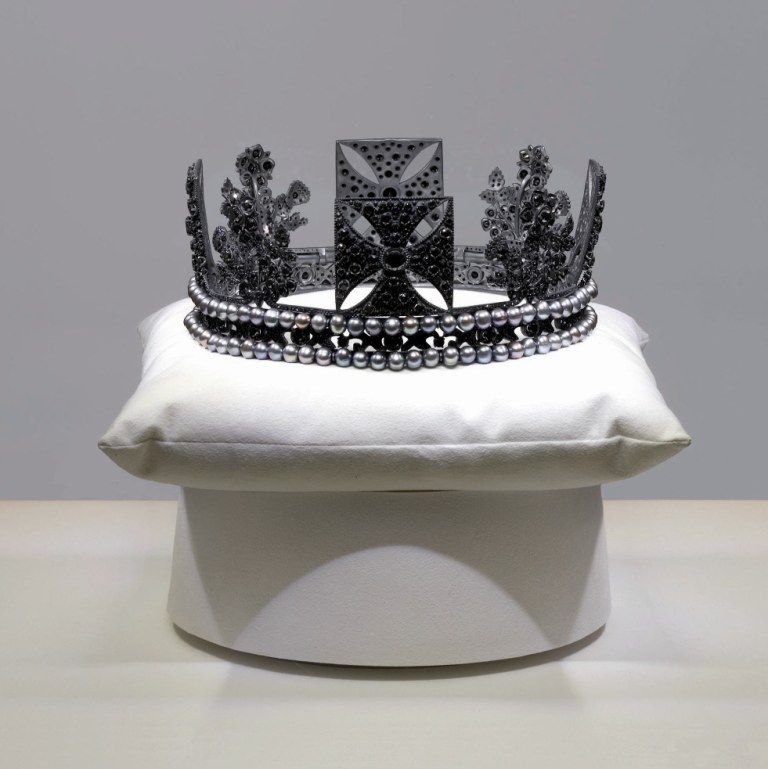Fred Wilson
Galerie Jean-Gabriel Mitterrand, Paris — January-March 2010

JGM Gallery is more than happy to announce the first solo exhibition in France of Fred Wilson, one of the most influential African-American artists of his generation. Wilson born in the Bronx in 1954, has exhibited around the world and has been the subject of numerous exhibitions in museums and cultural institutions across North America, Europe and Asia. Wilson's work has been featured in more than 100 solo and group exhibitions, including the 50th Venice Biennale (USA Pavilion 2003) and the Whitney Biennale, New York (1993).
The approach that made it known is to use objects found as vectors of a constant cultural and institutional critique. Wilson uses various tools to continually explore the racial and ethnic marginalization of the American black community in a personal and introspective way. The artist takes advantage of the symbolic power of objects and materials that invokes not only his subjective experience, but also the avatars of history and his dark moments. His works have a strong material and aesthetic presence and they animate a continuous questioning of human nature.
Fred Wilson has been the recipient of numerous awards and is a member of the Board of the Whitney Museum of Art, New York. He was elected Chairman of the Board of Directors of the Sculpture Center in New York City in 2002. The same year he was crowned with the prestigious Larry Aldrich Foundation Award. He received an honorary doctorate from Northwestern University, Evanston, Illinois in 2007.
By associating everyday objects, manipulating them, working on their spatial layout and presenting things in a way that will be seen as he wishes, Wilson creates new environments in his exhibitions. The objects found, including in museum collections, he uses to complete his complete devices including cartels, sound, lighting, and disparate associations.
His installations entice viewers to recognize that changes in context create changes of meaning. While appropriating the curatorial methods and their strategies, Wilson maintains his subjective point of view of the artistic environment. It challenges and forces the viewer to question the interpretations of historical truth, consensual artistic values, presentation devices, and emphasizes the partiality and partisanship of our cultural institutions.
Ami Barak